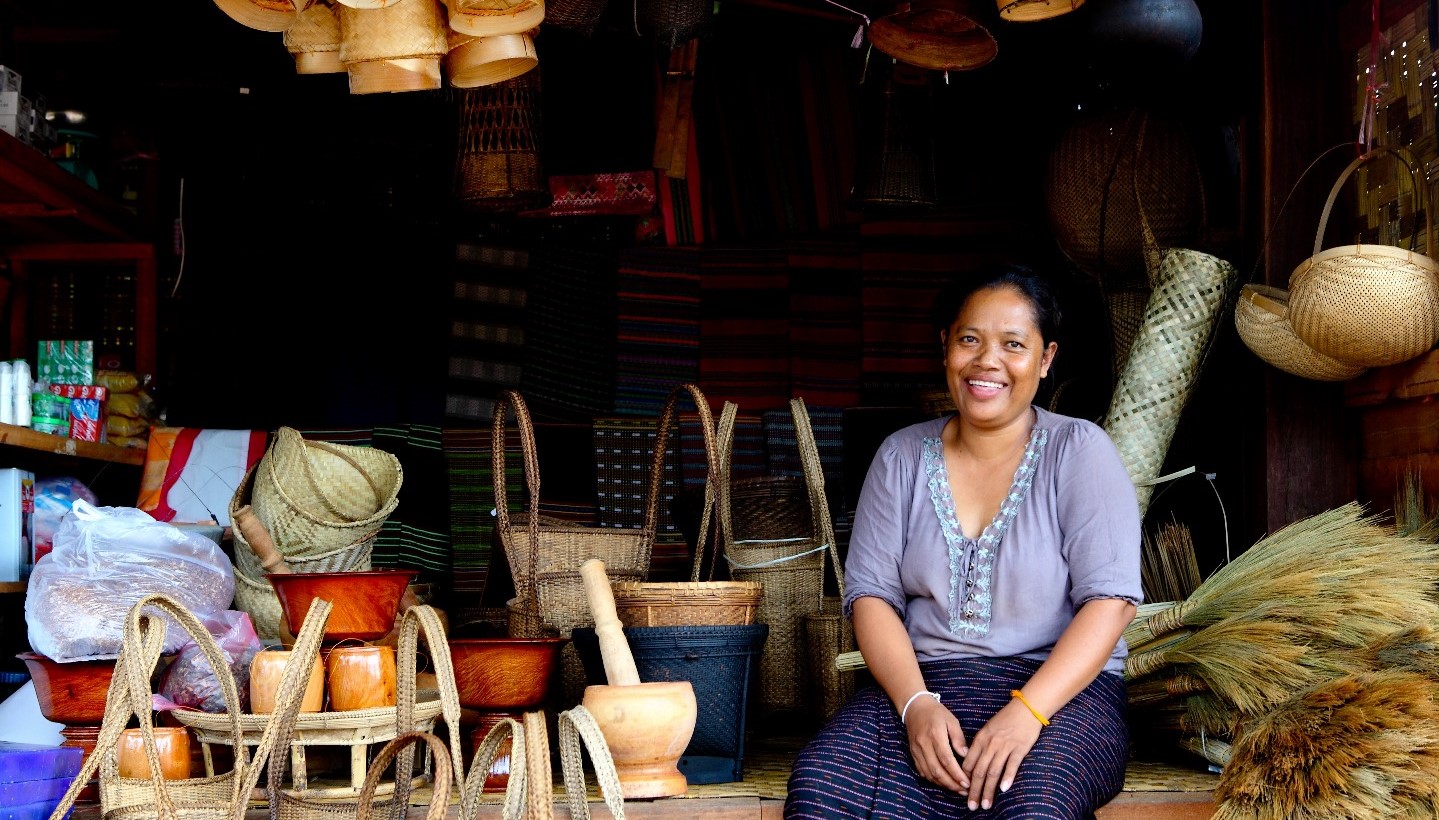11 reasons why remittances are important
IFAD Asset Request Portlet
Asset Publisher
11 reasons why remittances are important
Estimated reading time: 3 minutes
Every year, on 16 June, the International Day of Family Remittances (IDFR) is observed to raise further awareness on the abnegation and sacrifice of migrant workers, who support their families and communities of origin through the money they send back home, particularly in these times of crisis.
This year, the IDFR lauds the human spirit and resilience of over 200 million migrants who defied predictions of the pandemic and continued to send money home to their countries of origin. The latest World Bank data highlight remittance flows to LMICs reaching US$540 billion, only 1.6 per cent below the US$548 billion seen in 2019, way far from the initial estimates of a 20 per cent drop.
Recovery and resilience through digital and financial inclusion is the theme of this year’s IDFR observance. Remittances continue to matter more than ever, particularly in rural areas where they count the most and provide further opportunities towards rural transformation.
Here are 11 reasons why.
- Over the last 20 years, remittance flows have grown in value five-fold. These flows have often played a counter-cyclical role and are maintained during adverse shocks in recipient countries.
- A staggering one billion people, or one in seven in the world, are involved with remittances, either by sending (200 million migrant workers) or receiving them (an average household of four people). One in seven people in the world – around 800 million in total – benefits from these flows.
- More than 70 countries rely on remittances for more than 4 per cent of their GDP. Remittances are an engine for socio-economic growth of the country.
- Migrant workers send on average US$200 or US$300 home every one or two months. This represents only 15 per cent of what they earn, as the rest stays in their host countries. What they send can make up as much as 60 per cent of a household’s total income and represents a lifeline for millions of families.
- Due to the ravaging effects of the COVID-19 crisis, one of the sharpest declines was expected in international remittances. However, defying these predictions, the May 2021 report by the World Bank indicates that remittances remained resilient, with only a drop of 1.6 percent in 2020 compared to 2019.
- One of the primary reasons attributed to continuous flow of formal remittances reaching the last mile is the adoption of digital technology by the migrant workers and their families. Digitalization, both online and mobile, proved a catalyst and an enabler of remittance flows. In particular, mobile remittances increased by 65 per cent, to US$1.2 billion, through the course of 2020 (GSMA, 2021).
- Over 50 per cent of remittances are sent to households in rural areas, where 75 per cent of the world's poor and food-insecure live. Rural households rely on these flows for improving their livelihoods, increasing their resilience, and achieving their own SDGs. Globally, the accumulated flows to rural areas over the next five years will reach US$1 trillion.
- About 75 per cent of remittances are used to put food on the table and cover medical expenses, school fees or housing expenses. In times of crisis, migrant workers may send more money home to cover loss of crops or family emergencies. About 25 per cent of remittances, representing over US$100 billion per year, can be either saved or invested in asset building or activities that generate income and jobs and transform economies, particularly in rural areas.
- Remittances can be costly to send. Currency conversions and fees cost, on global average, seven per cent of the amount sent. SDG 10.c aims to reduce transaction costs to less than three per cent by 2030. Technical innovations, particularly mobile technologies, digitalization and blockchain, can fundamentally transform the markets, coupled with a more conducive regulatory environment.
- Between 2015 and 2030 (the SDG timeframe), an estimated US$8.5 trillion will be sent by migrants back to their communities of origin in developing countries. Of that amount, more than US$2 billion will either be saved or invested.
- Migrants make an invaluable contribution to the Sustainable Development Goals through remittances and investments. In particular, they contribute to ending poverty (SDG 1) and promoting zero hunger (SDG 2), good health (SDG3), quality education (SDG 4), clean water and sanitation (SDG 6), decent work and economic growth (SDG 8) and reduced inequalities (SDG 10). Their contribution to development, through remittances and investments, has also been recognized in Objective 20 of the Global Compact on Safe, Orderly and Regular Migration, adopted by the United Nations General Assembly in December 2018.
Interested in reading more?
- Find out how to improve access to remittances.
- Read this blog on 'Enhancing risk assessment processes for improved remittances access'.